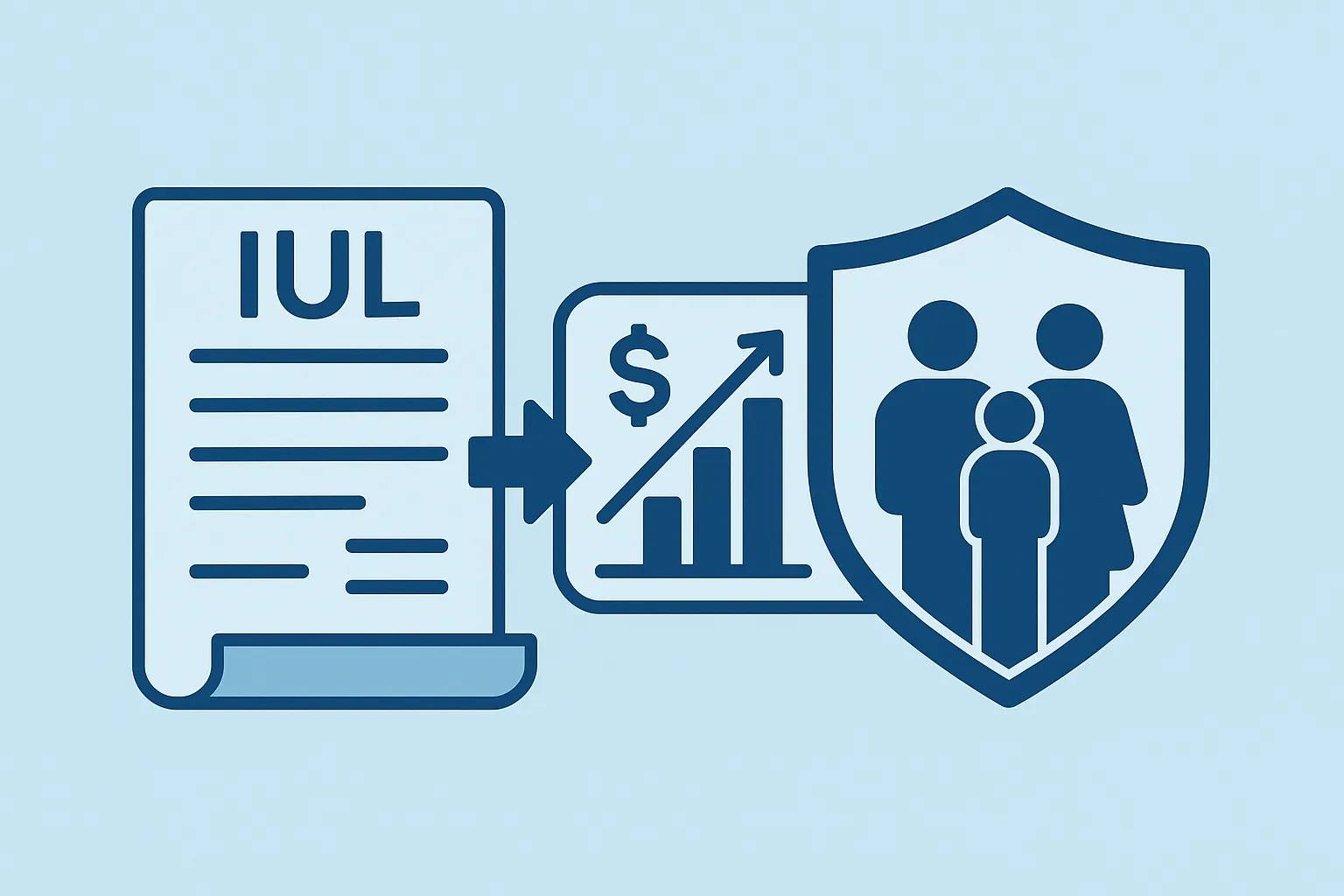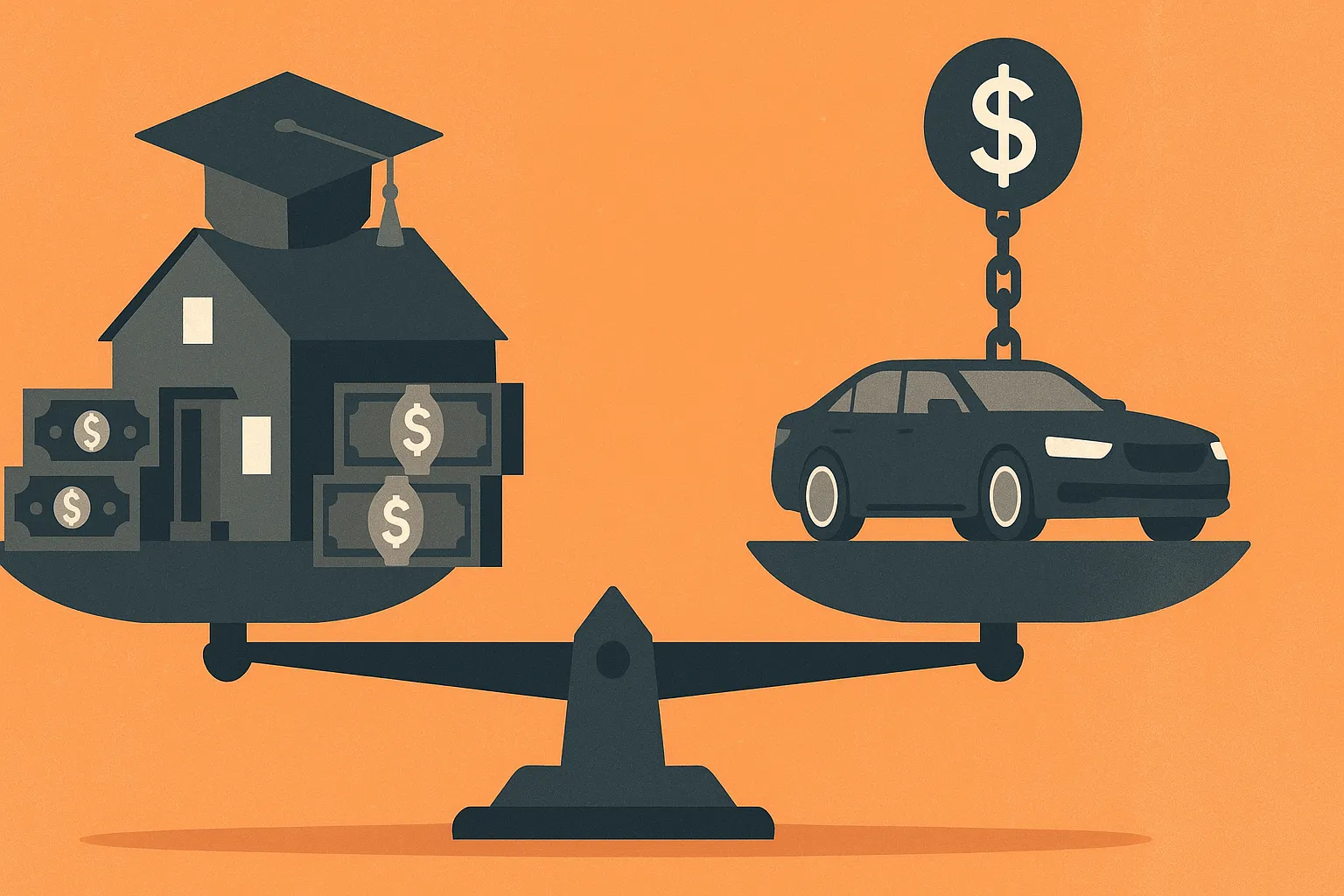529 Withdrawal Rules: What You Need to Know

Saving for education with a 529 plan is a really smart move, but when it comes time to actually use those funds, it can feel a little overwhelming. There are rules, taxes, and potential penalties to navigate, and let’s be honest, no one wants a surprise tax bill! But don’t worry—we’re here to guide you through the process step by step, so you can confidently use your savings and make the most of your 529 plan.
Key Takeaways
- 529 plans let you withdraw money tax-free for qualified education expenses like tuition, books, and room and board.
- If you use the funds for something else, you’ll face taxes and penalties on the earnings portion.
- Knowing who can withdraw the money and how to keep track of expenses is key to avoiding issues.
What Is a 529 Plan?
A 529 plan is basically a special savings account for education that comes with great tax perks. You put money in, it grows tax-free, and as long as you use it for qualified education expenses, you don’t have to pay taxes when you withdraw it. Sounds like a win-win, right?
State-Specific Benefits:
Depending on where you live, your state might offer additional perks, like tax deductions or credits for contributions to a 529 plan. It’s worth checking your state’s rules to see if you qualify for extra savings.
There are two main types of 529 plans:
- College Savings Plans: These are the most common. You save money, and it can be used for things like tuition, books, and housing.
- Prepaid Tuition Plans: These let you lock in today’s tuition rates at certain colleges. Not as flexible, but great if you’re sure about where the student will go.
If you want to know more about 529 plans, read our article by clicking here.
Qualified Education Expenses: What Counts?
To keep your withdrawal tax-free, the money has to go toward qualified education expenses. Here’s what that includes:
- Tuition and Fees: For college, university, or eligible vocational schools.
- Room and Board: If the student is enrolled at least half-time. Off-campus housing counts, too, as long as it doesn’t exceed the school’s estimated cost.
- Books and Supplies: Anything required for courses, like textbooks and lab equipment.
- Technology Needs: Computers, software, and internet access, as long as they’re for school use.
- K-12 Tuition: Up to $10,000 per year for private or religious elementary and high schools.
Hypothetical Example: Imagine your child’s college tuition is $20,000, and they’re living off-campus with rent estimated at $12,000. You could withdraw up to $32,000 from your 529 plan, tax-free, to cover those costs.
What Happens If You Use the Money for Something Else?
If you end up using 529 funds for something other than qualified expenses, you might run into some financial headaches. Here’s what could happen:
- Income Taxes: You’ll have to pay taxes on the earnings portion of your withdrawal.
- 10% Penalty: On top of the taxes, there’s usually a 10% penalty on the earnings, which can really add up.
Exceptions to the Penalty:
Good news—there are a few situations where the penalty is waived:
- The student gets a scholarship (you can withdraw the equivalent amount without penalty).
- The student attends a U.S. military academy.
- The student passes away or becomes disabled.
Who Can Make Withdrawals?
Usually, the account owner—typically a parent—handles withdrawals. But did you know the beneficiary (the student) can also withdraw funds? Here’s the catch: If the student withdraws the money and doesn’t use it for qualified expenses, they’re the one responsible for taxes and penalties. It’s usually safer for the account owner to handle withdrawals and reimburse the student when necessary.
How to Make a Withdrawal
Taking money out of a 529 plan is simple, but there are a few steps to follow:
- Keep Track of Expenses: Save every receipt, invoice, or statement showing how the money is used. Keeping a detailed spreadsheet with dates, amounts, and descriptions of all qualified expenses can also help you stay organized and avoid issues with the IRS during an audit.
- Request a Withdrawal: Log into your 529 account or call the plan provider to request funds. Be clear about how much you need.
- Decide Where the Money Goes: You can send the money directly to the school, to yourself, or to the student.
- Match Withdrawals to Expenses: Double-check that your withdrawals line up with the qualified expenses to avoid penalties.
How optimized is your portfolio?
PortfolioPilot is used by over 30,000 individuals in the US & Canada to analyze their portfolios of over $30 billion1. Discover your portfolio score now:






